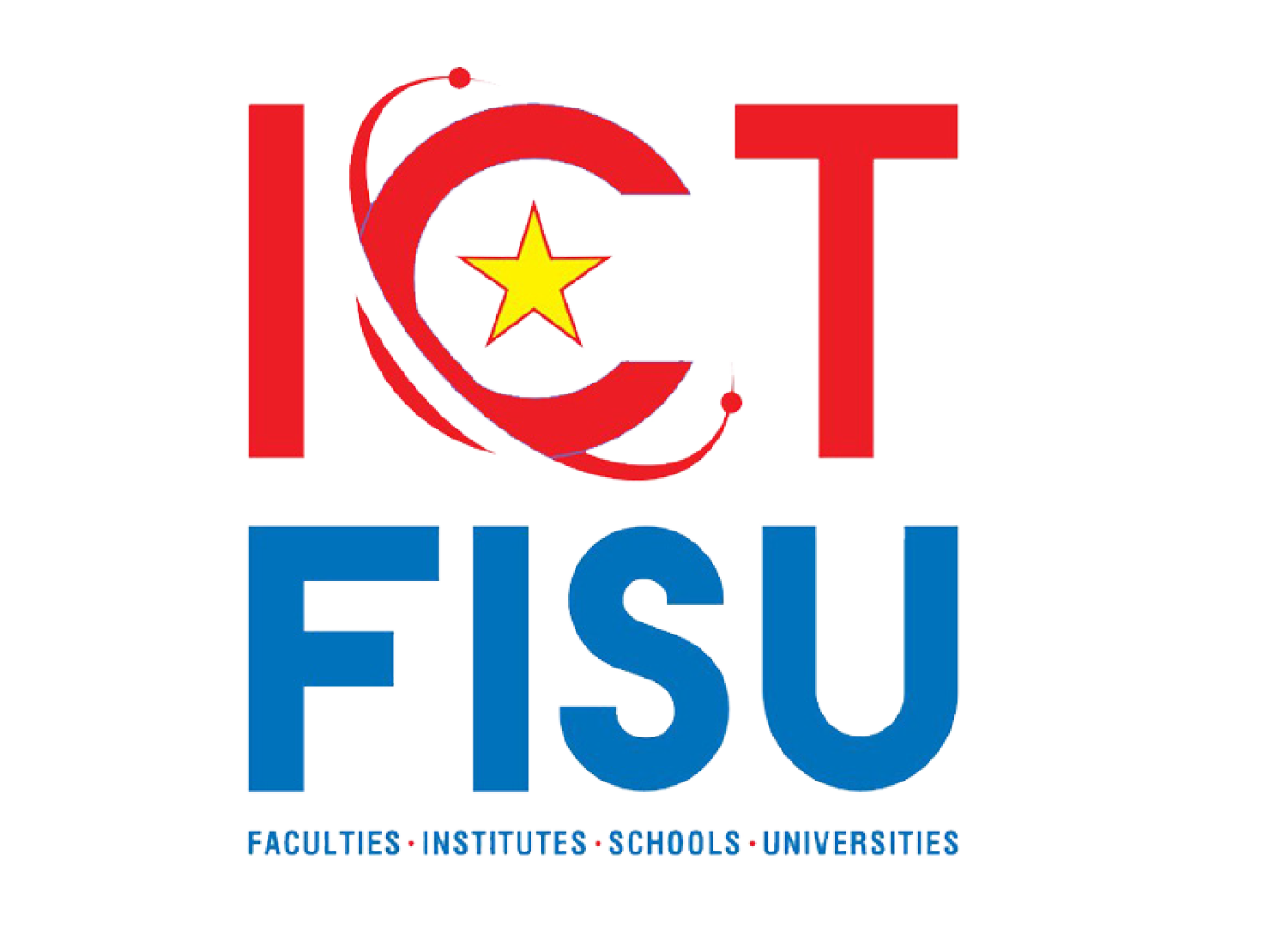Prof. Dr. Franck Leprésvost
Head of LACS (Laboratory of Algorithmics, Cryptology and Security)
Co-Head of the Mathematics of Security Lab
University of Luxembourg
Nowadays, Convolutional Neural Networks (CNNs) and Transformers are probably the most largely used systems performing automatic classification of images. They are used in a very large series of applications and contexts: self-driving vehicles, medical diagnoses, monitoring of critical infrastructures, anti-terrorism, etc. However, these systems are exposed to errors. Misclassifications may occur for benign reasons; they may also be the result of specifically designed attacks. On the one hand, such misclassifications may have dramatic consequences for obvious reasons. On the other hand, they may also be used to protect the private sphere of individuals on social media. The talk will give an overview of the attack scenarios, the topography of the attacks, and will present some of the most efficient (in terms of speed, visual quality and hostility) attacks as of today, mentioning in particular some very recent black-box attacks developed by our research group, one of them achieving success rates and speed competitive against white-box attacks even.
About the Speaker: Born in Cherbourg in 1965, Franck Leprévost is a French mathematician and computer scientist. He is professor at the University of Luxembourg since 2003, and was its Vice-President from 2005 to 2015. Before joining the University of Luxembourg, he was a researcher at the CNRS (Paris, France) and a professor at the University Joseph Fourier (Grenoble, France). He was researcher or visiting professor at many universities (Max Planck-Institut für Mathematik Bonn, Technische Universität Berlin, Peter the Great Saint Petersburg Polytechnic University, South Ural State University, Warsaw University of Technology, Cardinal Wyszynski University, Kiev Polytechnic Institute, Shanghai Normal University, etc). He was member of the board of directors or member of the scientific council of private and public entities (ATTF, CEPS, FNR, Luxtrust S.A., UNICA, etc.).
His scientific interests include algorithmic number theory, mathematics of cryptology, convolutional neural networks, deep learning, artificial intelligence and evolutionary algorithms on the one hand, and management of higher education and research organizations, international rankings and the civilizational role of universities on the other hand. He is the author of numerous articles in these domains, as well as tutorials for students. His reports for the European Parliament, in particular his contribution to the report on the Echelon network, have had a substantial technical and legal impact in most European countries.
Professor Leprévost's expertise in the field of higher education and research as well as his managerial skills are frequently solicited by organizations, governments and companies worldwide. Aside from his scientific and managerial activities, Professor Leprévost is an art collector, novelist, playwright and theatrical producer. His articles, books, position papers are available at www.franckleprevost.com
Masugi Inoue, PhD
Director General, Resilient ICT Research Center,
National Institute of Information and Communications Technology (NICT), Japan
Abstract
Following the Great East Japan Earthquake fourteen years ago, various efforts have been made to strengthen the information and telecommunications infrastructure. However, last year's Noto Peninsula earthquake once again highlighted the vulnerability of this infrastructure. Connected cars, drones, HAPS and satellite constellations are essential for layered information and communication resilience, but the existing infrastructure on which those systems are based has multiple vulnerabilities. This presentation will introduce the research and development being undertaken at NICT after reviewing them and research trends in resilient information and communication networks. NerveNet, a regional digital and telecommunications infrastructure with enhanced resilience, is now being used by some domestic and overseas local governments as both a normal and emergency network. The Cross-Agency Information and Communication System (X-ICS) can carry and deliver data via a bucket-relay system, even in the event of a complete loss of infrastructure-based communication. It is designed to be compatible with the standard system used by the Self-Defence Forces, the police, fire departments and other operational agencies in the event of a disaster. This presentation will consider how ICT can improve the resilience of society through the introduction of these technologies.
About the Speaker: Masugi Inoue graduated from Kyoto University in 1992 and received his Dr. Eng. degree from The University of Tokyo in 1997. After he joined the Communications Research Laboratory (CRL), Tokyo, Japan, which was reorganized as NICT in 2004, he contributed to develop the world fastest WLAN in MM-wave bands, common-signaling MIRAI architecture in heterogeneous networks for context-aware services in the 4G era, ID-locator split architecture (HIMALIS) for future Internet, etc. He has been working on a resilient platform system called NerveNet, which has been deployed and tested/operated in domestic and overseas locations. In particular, he has been collaborating with NIPTICT (now CADT) since 2013 to test the technology as communication platform in rural areas in Cambodia. From 2016 to 2021, he worked on international cooperation and operated ASEAN IVO, Japan-US (JUNO) and Japan-EU (HORIZON) Joint Research Programs. He has been in his current position since April 2021. He was a visiting researcher at Polytechnic University (now NYU WIRELESS), New York, in 2000 – 2001. He served as Chairman of the Technical Committee on Mobile Network and Applications (MoNA, now merged into SeMI), Director of General Affairs, Director of Finance, etc. in the IEICE Communications Society. He received the Best Paper Award from IPSJ in 2006 and 2007, and the Young Scientists’ Prize in 2007 and the Prize for Science and Technology in 2019 from the Minister of Education, Culture, Sports, Science and Technology. He is a fellow of IEICE and a member of IEEE.
Latest News
CITA 2025 - A KEYNOTE SPEAKER 2: a new keynote is announced. (more)
CITA 2025 - A KEYNOTE SPEAKER 1: a new keynote is announced. (more)
CITA 2025- PAPER ACCEPTED: The paper accepted is announced on April 5th, 2025. (more detailed)
CITA 2025 SUBMISSION HARD DEADLINE: The paper submission deadline for CITA 2025 will be extended to February 28th, 2025 (hard deadline).
CITA 2025 SUBMISSION DEADLINE EXTENSSION: The submission deadline for CITA 2025 will be extended to January 31, 2025.
October 1st, 2024: CITA 2025 website has launched, including Call for Papers and Call for Special Sessions.
Latest News
CITA 2025 - A KEYNOTE SPEAKER 2: a new keynote is announced. (more)
CITA 2025 - A KEYNOTE SPEAKER 1: a new keynote is announced. (more)
CITA 2025- PAPER ACCEPTED: The paper accepted is announced on April 5th, 2025. (more detailed)
CITA 2025 SUBMISSION HARD DEADLINE: The paper submission deadline for CITA 2025 will be extended to February 28th, 2025 (hard deadline).
CITA 2025 SUBMISSION DEADLINE EXTENSSION: The submission deadline for CITA 2025 will be extended to January 31, 2025.
October 1st, 2024: CITA 2025 website has launched, including Call for Papers and Call for Special Sessions.







